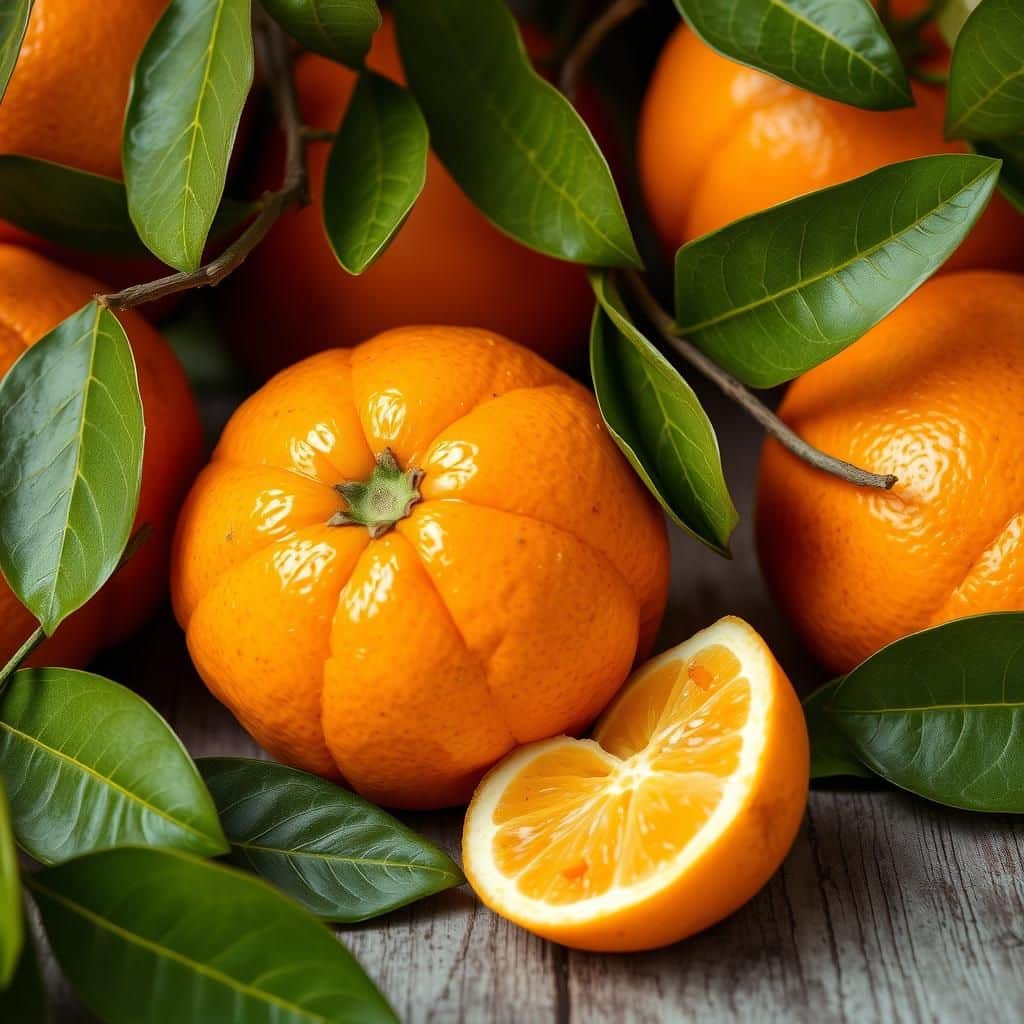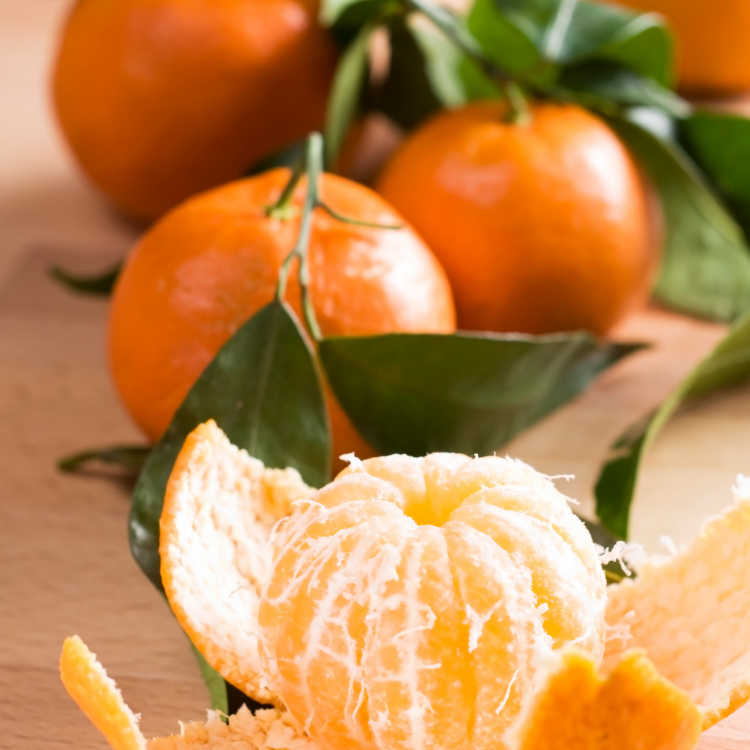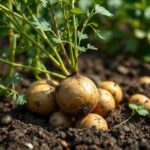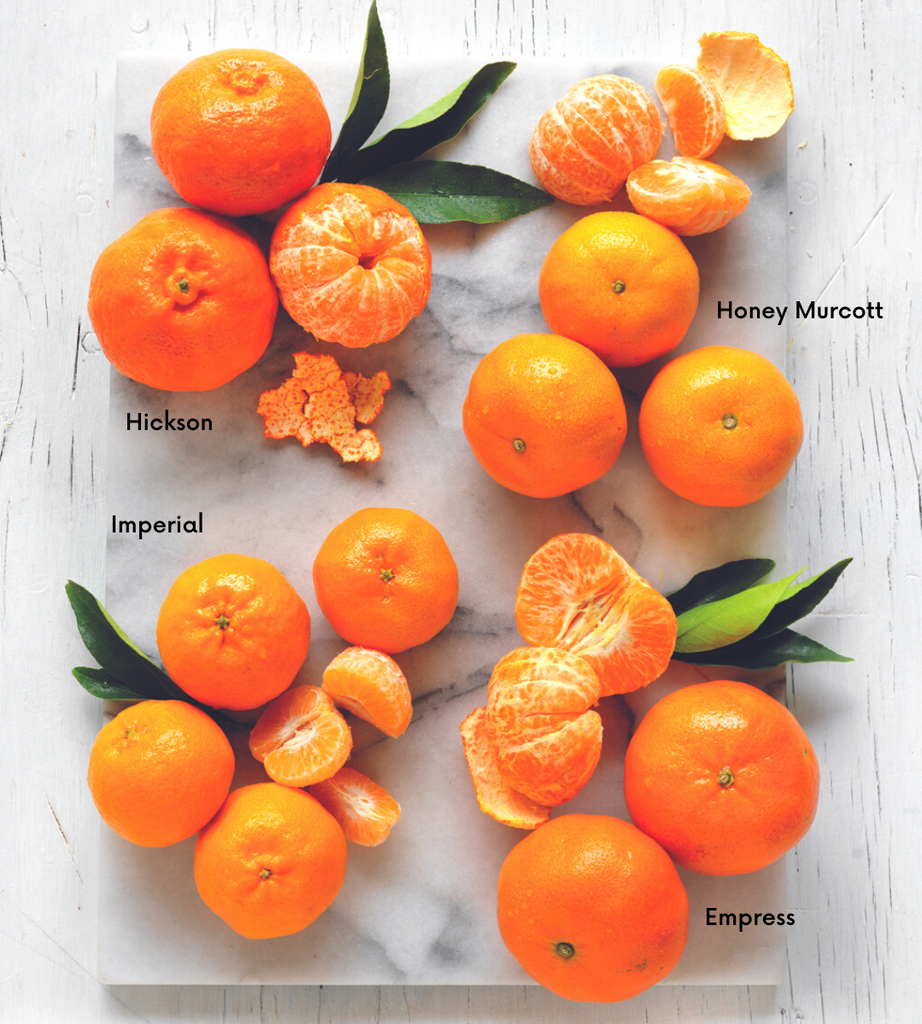A Comprehensive Guide to the Types of Mandarins in Australia

Australia is home to a diverse range of mandarin varieties, each offering unique flavors, textures, and culinary possibilities. As the popularity of these juicy citrus fruits continues to grow, understanding the different types of mandarins available can enhance your enjoyment and selection. This comprehensive guide provides insights into the most popular mandarin varieties cultivated in Australia, from the classic Clementine to the seedless Satsuma. By exploring their distinct characteristics, best growing conditions, and ideal uses, you'll be better equipped to choose the perfect mandarin for snacking, cooking, or adding to your favorite recipes.
Types of Mandarins in Australia
Australia boasts a diverse range of mandarin varieties, each known for its unique flavor profile and characteristics. The most popular types include the Clemens, Imperial, and Honey Murcott mandarins, all favored for their sweetness, easy-to-peel skins, and juicy segments. The Clemens is renowned for its rich taste and low seed count, making it a favorite among consumers. While Imperial mandarins are characterized by their vibrant orange color and excellent shelf-life, the Honey Murcott stands out due to its exceptional sweetness and aromatic essence. These varieties thrive in Australia’s temperate climate, contributing to the country's reputation as a premier mandarin producer.
Clemens Mandarins
Clemens mandarins are one of the most widely cultivated varieties in Australia, favored for their sweetness and easy peel. They typically have a thin skin that is bright orange when ripe, making them visually appealing as well. This variety is low in seeds, which enhances its popularity among families and individuals looking for an enjoyable snack. Clemens mandarins are generally available from late winter to early spring, and their refreshing taste makes them a staple in fruit baskets across the country.
Imperial Mandarins
The Imperial mandarin is another sought-after variety known for its large size and robust flavor. Recognized by its deep orange hue and smooth surface, this type of mandarin is appreciated for its juiciness and vibrant taste. The skin is slightly thicker compared to the Clemens, which assists in prolonging its shelf life and transportability. Usually harvested later in the season, Imperial mandarins are an excellent source of vitamin C and are enjoyed fresh or juiced.
Honey Murcott Mandarins
Honey Murcott mandarins are prized for their astonishing sweetness, making them one of the tastiest varieties available in Australia. They have a slightly bumpy skin that is easy to peel and reveals succulent segments inside. Known for their aromatic qualities, Honey Murcotts have become synonymous with high-quality citrus. Typically harvested in late summer and early autumn, this variety is a favorite among those who prefer a sweeter fruit experience, often enjoyed both fresh and in desserts.
Seedless Mandarins
Seedless mandarins have gained popularity due to their convenience and ease of consumption. These mandarins are cultivated using specific agricultural techniques that minimize the formation of seeds during the growing process. The taste and texture are similar to traditional varieties, providing a refreshing snacking option without the hassle of seeds. Seedless mandarins are available throughout various seasons in Australia, making them an attractive option for health-conscious consumers.
Other Notable Varieties
Besides the most common types, Australia is home to several other notable mandarin varieties, such as the Yuzu and Satsuma. Each offers distinct flavors and uses, contributing to Australia's diverse citrus landscape. Yuzu is primarily known for its aromatic zest used in culinary dishes and beverages, while Satsuma is characterized by its delicate sweetness and easy-to-peel skin. These varieties, along with the more common types, enrich the overall availability of mandarins in Australia.
| Type of Mandarin | Characteristics | Season |
|---|---|---|
| Clemens | Sweet, easy peel, low seed count | Late winter to early spring |
| Imperial | Robust flavor, thick skin, juicy | Late spring |
| Honey Murcott | Exceptional sweetness, aromatic | Late summer to early autumn |
| Seedless | Convenient, similar taste | Various seasons |
| Other Varieties | Distinct flavors and uses | Various seasons |
What kind of mandarin is in Australia?


The type of mandarin commonly found in Australia is primarily the Clementine and Satsuma varieties, which are well-suited for the country's climate. These mandarins are characterized by their easy peeling, sweet flavor, and juicy texture, making them popular among consumers. Additionally, other varieties such as Imperial and Honey mandarins are cultivated, each offering unique flavor profiles and harvesting times.
Popular Mandarin Varieties in Australia
The most common mandarins cultivated in Australia include:
- Clementine: Known for its sweetness and small seeds, Clementines are seedless hybrids of the mandarin.
- Satsuma: This variety is prized for its tenderness and thin skin, ideal for those who prefer easy-to-eat citrus fruits.
- Imperial: A classic Australian variety, the Imperial mandarin has a robust flavor and excellent juiciness.
- Honey: As its name implies, this mandarin variety is exceptionally sweet, making it a favorite among families.
Climate and Growing Conditions
Australia’s climate is highly suitable for growing mandarins, particularly in regions like Queensland and New South Wales, where the conditions are favorable for citrus fruits:
- Subtropical Climate: The warm temperatures and humidity levels support healthy fruit development.
- Soil Type: Well-drained sandy loam soils help prevent root rot while providing essential nutrients for growth.
- Watering Needs: Adequate rainfall or irrigation is crucial, especially during dry periods, to maintain fruit quality.
Harvesting and Seasonality
The harvesting period of mandarins in Australia varies depending on the variety:
- Clementines: Harvested typically from April to September, offering a long season for consumers.
- Satsumas: Usually ready for harvest from April to August, these mandarins are popular in late spring.
- Imperial: Harvested between May and September, providing a steady supply into the cooler months.
- Honey: Grown for a shorter season, generally between June and October, these mandarins are celebrated for their sweetness.
Health Benefits of Mandarins
Mandarins are not only delicious but also offer a range of health benefits:
- Rich in Vitamin C: Mandarins provide a significant amount of vitamin C, which is essential for immune function.
- High in Fiber: The high fiber content can aid in digestion and promote a feeling of fullness.
- Low Caloric Value: They are relatively low in calories, making them a healthy snack option.
- Contains Antioxidants: The presence of antioxidants helps in reducing inflammation and protecting cells from damage.
Market Trends and Consumer Preferences
Mandarins are increasingly becoming popular in the Australian market due to shifting consumer preferences:
- Growing Demand: The demand for easy-to-peel and sweet mandarins continues to rise, particularly among families.
- Organic Options: There is a notable increase in the popularity of organically grown mandarins.
- Health Consciousness: As Australians become more health-conscious, the popularity of mandarins as a nutritious snack rises.
- Local vs Imported: Consumers often prefer locally grown mandarins, contributing to the growth of the local citrus industry.
What is the difference between Afourer and Imperial mandarin?

The difference between Afourer and Imperial mandarin lies in their origins, characteristics, and cultivation practices. Both are popular varieties of citrus fruit, but they offer distinct flavors, textures, and growing conditions.
See also:
Origin and Classification
The origin of citrus fruits significantly influences their characteristics.
- The Afourer mandarin, also known as Nadorcott, is a hybrid variety developed in Morocco in the late 20th century.
- Imperial mandarin, on the other hand, is an older variety, originally from China, and is part of the Citrus reticulata species.
- Both types belong to the mandarin family, but their distinct lineage contributes to differences in flavor and texture.
Taste and Texture
The palatability of these mandarins offers a unique experience for citrus lovers.
- The Afourer mandarin is known for its sweet flavor and juicy texture, making it a favorite among consumers for fresh eating.
- In contrast, the Imperial mandarin tends to have a balance of sweetness and acidity, offering a more complex taste profile.
- Texture-wise, the Afourer is typically seedless and has a smoother skin, while the Imperial may contain seeds and has a slightly thicker rind.
Cultivation Practices
The agricultural practices used to cultivate both types of mandarins can vary, affecting their overall quality.
- The Afourer mandarin is often grown in a more controlled environment, requiring specific conditions for optimal growth, and benefits from drip irrigation.
- Conversely, Imperial mandarins are more resilient and can thrive in a broader range of soil types and climatic conditions.
- Fertilization practices also differ, with Afourers requiring more tailored nutrition plans to maximize their sweetness.
Harvesting and Availability
Knowing when and how these mandarins are harvested can impact their availability and freshness.
- The harvesting season for Afourer mandarins typically occurs between December and February, and they are often marketed shortly after picking to ensure peak freshness.
- In contrast, Imperial mandarins are generally harvested from November to January, and their availability may differ based on the region where they are grown.
- The packaging and distribution methods for each type also vary, impacting how quickly they reach the consumer market.
Nutritional Values
Comparing the nutritional values of these mandarins provides insight into their health benefits.
- Both types are rich in vitamin C, but the Afourer mandarin tends to have a higher sugar content, which may increase its caloric value slightly.
- Imperial mandarins may have a greater fiber content due to their seeds, contributing additional nutritional benefits.
- Additionally, the distinct compounds found in each mandarin type contribute to varying antioxidant profiles, enhancing their health-promoting properties.
Questions from Our Readers
What are the most common types of mandarins grown in Australia?
The most common types of mandarins grown in Australia include Clementines, Satsumas, and Imperial mandarins. These varieties are favored for their sweet flavor, easy-to-peel skin, and seedless characteristics, making them popular choices among consumers.
When is the season for mandarins in Australia?
Mandarins in Australia are typically in season from April to September, with peak availability occurring during the winter months. This seasonal availability is crucial for farmers and retailers to ensure that consumers can enjoy fresh and juicy mandarins.
Are there any health benefits to eating mandarins?
Yes, mandarins are not only delicious but also offer numerous health benefits. They are an excellent source of vitamin C, antioxidants, and dietary fiber, all of which contribute to a healthy immune system and digestion.
See also:
How do I choose the best mandarins at the store?
When selecting mandarins, look for those that are firm, heavy for their size, and have a vibrant color. Avoid mandarins with blemishes or soft spots, as these may indicate overripeness or poor quality.

If you want to read more articles like A Comprehensive Guide to the Types of Mandarins in Australia, we recommend you check out our Seeds category.
Leave a Reply
Related Articles